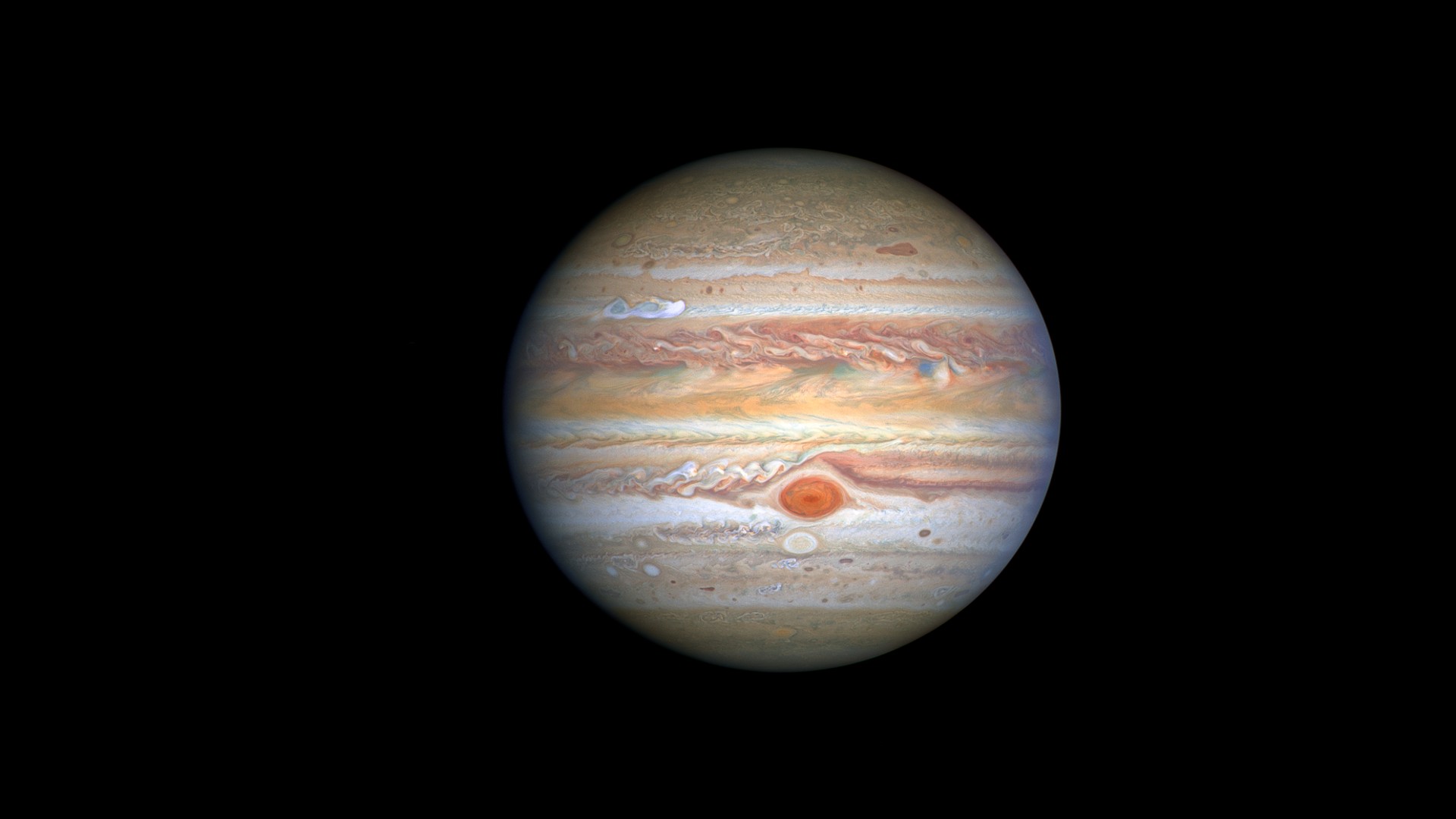Amateur astronomers spot new impact on Jupiter
This gas giant regularly absorbs hits from comets and asteroids, protecting inner solar system worlds.

Jupiter just got smacked by a small celestial body, according to amateur astronomers.
The impact occurred at 1:45 a.m. Japan Standard Time on Aug. 29 (1645 GMT on Aug. 28). An account affiliated with the Organized Autotelescopes for Serendipitous Event Survey (OASES) project and Planetary Observation Camera for Optical Transient Surveys (PONCOTS) system posted about the event on X, formerly known as Twitter, alerting of a flash observed in Jupiter’s atmosphere. The post also called on observers to check their own footage.
MASA Planetary Log later shared footage showing a brief burst of light coming from Jupiter that was associated with an apparent comet or asteroid impact. Another independent observation was made by a Chinese amateur astronomer in the city of Zhengzhou, Henan province, showing a flash in the same spot on Jupiter’s dense, turbulent atmosphere.
Related: Jupiter's lightning is strikingly similar to Earth's
きのうのTLで知った木星の閃光、撮影したデータを確認してみたら写っていました。…声が出ました(^^;日本時間2023年8月29日1:45、世界時28日16:45です。https://t.co/UYhnvAmA63https://t.co/Y7nCHtJq4k pic.twitter.com/g0FerdyoVgAugust 29, 2023
MASA Planetary Log, an account belonging to an amateur space enthusiast who particularly enjoys planets and Earth science, told Space.com that they were shooting automatically to continuously record the surface of Jupiter. The flashes are emphasized in the videos posted to X as the brightness and color balance are automatically adjusted.
"When I woke up in the morning and opened X (Twitter), I saw information that a flash had been observed on the surface of Jupiter. That night, when I checked the video of the corresponding time, I saw a flash.
"I was very lucky to be photographing this phenomenon when it happened."
Get the Space.com Newsletter
Breaking space news, the latest updates on rocket launches, skywatching events and more!
OASES has been involved in a number of observations surrounding Jupiter impacts in recent years. The OASES Twitter account posteda high-resolution image of Jupiter at the time of the impact using data provided by amateurs.
8月29日1時45分(日本時間)に木星表面で発生した閃光について、多くの皆様から観測報告をいただきました。ご協力感謝いたします。 現時点までにアマチュア観測家の皆様からご提供いただいた動画データを 使用して、閃光が発生した瞬間の木星の高解像度画像を作成しました。 pic.twitter.com/yHIp6VMUasAugust 31, 2023
Jupiter frequently experiences cosmic collisions because of its powerful gravitational pull and proximity to the main asteroid belt. Most notably, shards of the fragmented comet Shoemaker-Levy 9 collided with Jupiter in 1994, leaving lesions in the atmosphere which were visible to astronomers for months afterwards.
The gas giant is considered to play a big role in protecting the inner solar system from asteroids and comets by attracting and absorbing impacts or flinging potentially dangerous objects further out into the solar system. The presence of Jupiter and Saturn in the solar system is credited with helping life on Earth flourish.
Join our Space Forums to keep talking space on the latest missions, night sky and more! And if you have a news tip, correction or comment, let us know at: community@space.com.

Andrew is a freelance space journalist with a focus on reporting on China's rapidly growing space sector. He began writing for Space.com in 2019 and writes for SpaceNews, IEEE Spectrum, National Geographic, Sky & Telescope, New Scientist and others. Andrew first caught the space bug when, as a youngster, he saw Voyager images of other worlds in our solar system for the first time. Away from space, Andrew enjoys trail running in the forests of Finland. You can follow him on Twitter @AJ_FI.









